Keeping your hands warm on the slope, whether you are snowboarding or skiing, is the priority. No matter how great the snow is, having cold or wet hands will definitely ruin your day. To keep your hands protected in the cold there are two main types of handware – gloves and mittens. But is any of those two actually better? Let’s find out.

Differences between a glove and a mitten
A glove is a garment covering hand and has separate sheaths for each finger. A mitten is the type of glove that has only two separate sections – one for the thumb and one for other four fingers. Gloves offer better dexterity than mittens, but they might not be the ideal choice for extremely cold weather. Mittens aren’t as dexterous as gloves, but they are warmer.
Hybrid Styles
Convertible mittens are a hybrid of glove and mitten, basically the finger gloves with a cover that turns them into mittens for added warmth. They contain open-ended sheaths for the four fingers (as in a fingerless glove, but not the thumb) and an additional compartment encapsulating the four fingers. This compartment can be lifted off the fingers and folded back to allow the individual fingers ease of movement and access while the hand remains covered.
Trigger mittens aim to offer the best of both worlds – more warmth than traditional gloves, but with the index finger free, they add a level of dexterity that will allow you to more easily crank binding buckles, or tap your phone screen. These are also called 3-finger mittens, or lobster mitts.
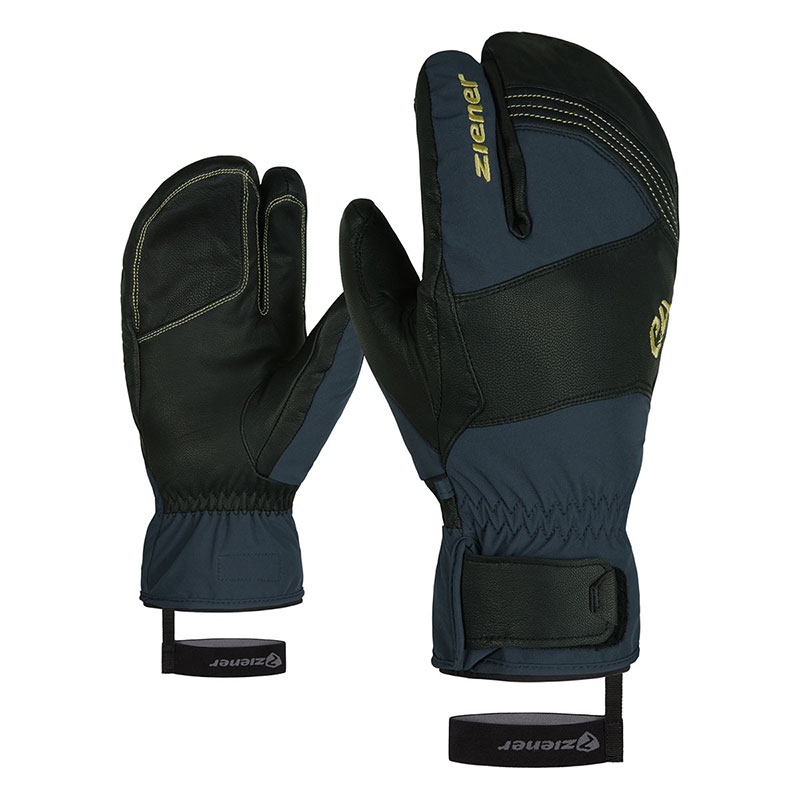
Are Mittens Warmer than Gloves?
One of the major arguments in favor of mittens is the fact that they are warmer than gloves, and the reason lies in their design. With a separate pocket for each finger, gloves have more surface area in direct contact with the elements, which translates to more opportunity for heat to escape. Mittens keep your fingers together which means that can share heat and literally keep each other warm. Having a single pocket means that warm air can circulate more easily.
On the other hand, if you wear mittens that are too warm, they can cause your hands to sweat more quickly than gloves, making them clammy and, ultimately, very cold.
Gloves vs Mittens Comparison
Dexterity
Mittens limit mobility in certain circumstances and you may have to remove them to access your pockets or adjust your goggle strap. With all fingers separated, gloves provide a lot more dexterity and are ideal for activities where frequent handling of gear. Some gloves are even offering touch screen capabilities, so they don’t even need to be removed when using a phone.
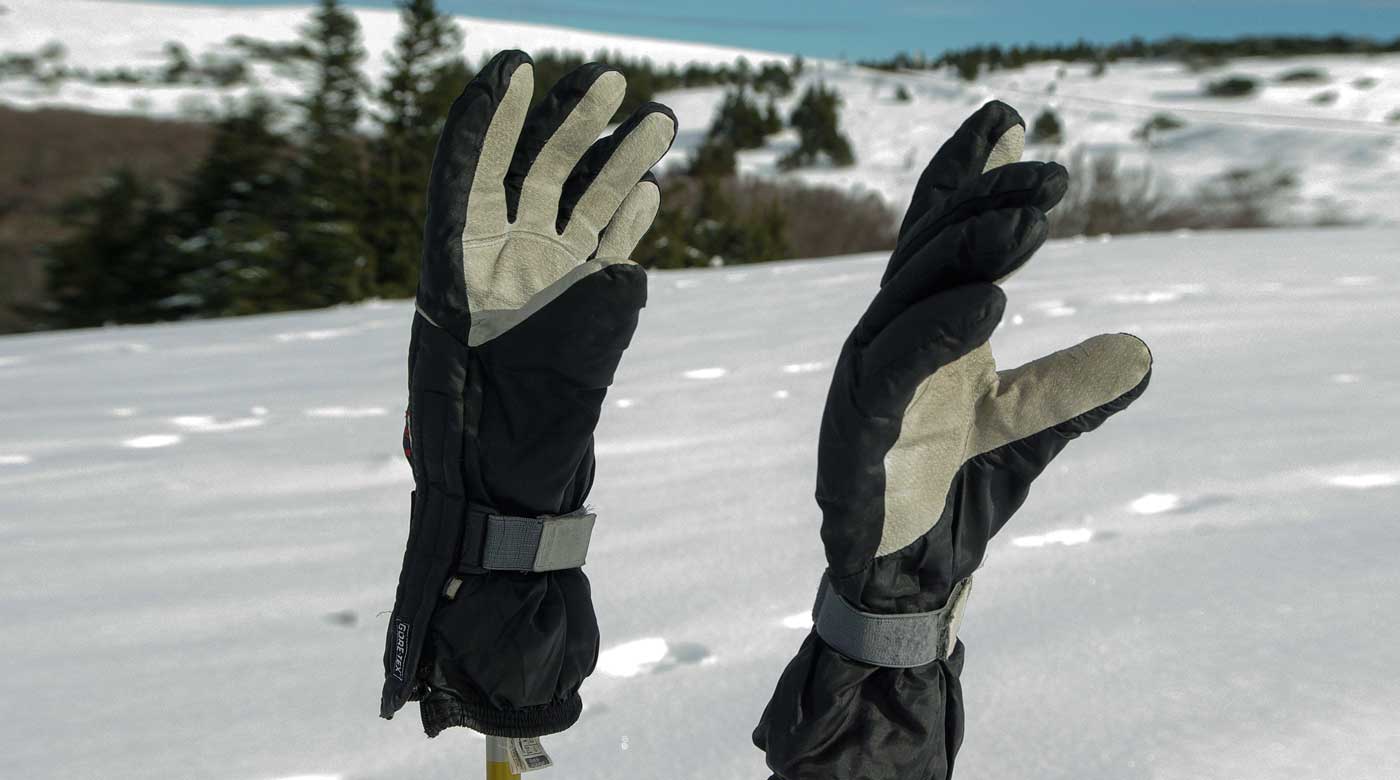
Insulation & Temperature
Synthetic insulates when wet, it’s efficient relative to its weight, reasonably durable, and cheaper than down.
Fleece is another popular insulator, especially among casual and lightweight designs. Fleece gloves don’t provide much wind and weather protection, but they are a cheap and comfortable option.
Merino Wool is our favorite material for next-to-skin baselayers and socks, but it isn’t as popular among winter gloves. This is mostly because it’s heavier, bulkier, and significantly less durable than synthetic.
As a glove insulator, down has a number of downsides. It must be lofty in order to provide insulation, which makes mittens bulky. Also, and natural goose or duck plumage loses its ability to insulate when wet.
Gloves and mittens vary in the amount of warmth they provide. Make sure to check what temperature are gloves designed for. If it gets extra cold, you can wear a pair of liners underneath your gloves or mittens.
Versatility
The wide variety of gloves available makes it easy to find a glove with the right amount of insulation for any temperature. This will help keep your hands warm, without sweating. There are lightweight gloves for chilly weather, warm technical gloves for the coldest weather adventures, and everything in between. Mittens are usually designed just for cold temperatures. If you need maximum warmth, it is hard to beat a good pair of mittens. However, if you need something more lightweight, gloves are the way to go.
Waterproofing
There are many different types of materials that keep the gloves waterproof. One of the most common is leather, which is usually at the higher price range. Leather has amazing insulation and waterproofing, but it requires a lot of care to last and keep its properties. Mittens with synthetic rubber on the bottom, which is the part that comes in contact with snow, will do a pretty good job keeping your hands warm and dry and they’re a little more cost effective than leather.
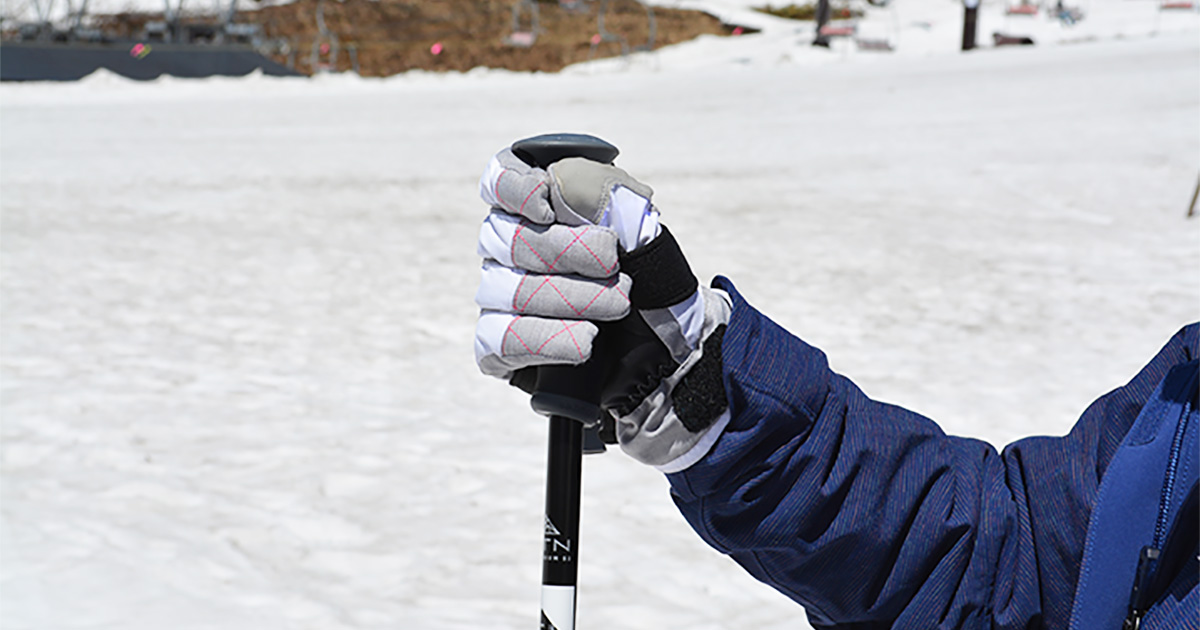
Skiing: Gloves or Mittens
Many skiers prefer gloves when they are grasping ski poles. They are grippy and agile and make buckling and unbuckling your boots much easier. Additionally, cross-country skiers often prefer lightweight gloves, as they work up a sweat and want to wick moisture away as much as they can.
If your main concern is warmth, you should consider getting yourself a pair of snow mittens. Even without the ability to move your fingers separately, you will have no problem gripping a pair of ski poles, so mittens will do just fine.
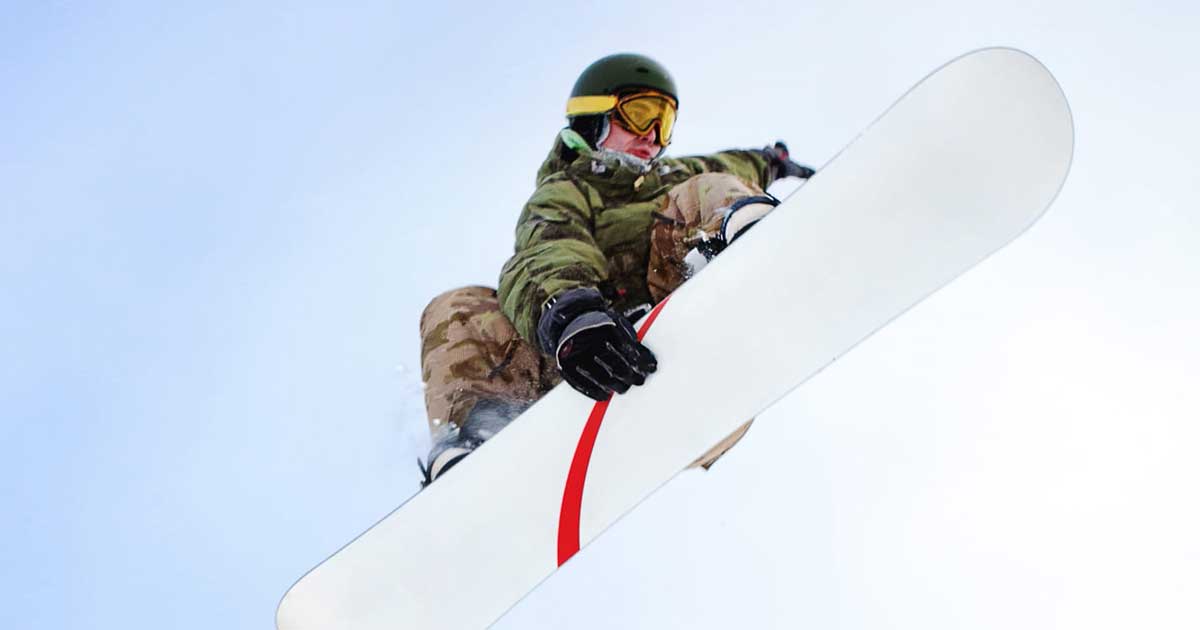
Snowboarding: Gloves or Mittens
Whether you’ll go for gloves or mittens when snowboarding comes down to personal preference. Some snowboarders prefer having the ability to use their fingers when adjusting bindings or using tools, while others give priority to staying warm.
There are features that you need to look for, regardless of the type of style you choose. First, snowboarding gloves need to have reinforced palms, to withstand dragging your hands on the snow. It is also a good idea to have wrist loops to prevent losing your gloves on the chairlift or keep you and your gloves together should you take a fall. Snowboarding mitts and gloves are often re-enforced around the tips of the fingers with wrap around cuffs.
What are the best snow gloves and mitts?
1. Carhartt C-Touch Knit Glove
The Carhartt C-Touch Knit Glove is a touchscreen-compatible glove made of wind-resistant fleece. Featuring a seamless knit glove and contoured rubber palm, Carhartt C-Grip gloves offer superior durability, dexterity and grip in wet and dry conditions. The touchscreen-compatible palm and thumb allow you to use electronics without taking off your gloves.

2. Columbia Snow Diva Women’s Mittens
Created for hard-core days skiing, snowboarding, snowmobiling, or for just plain snowshoeing out in a snowy winter-scape, these gloves will keep your hands comfortable in the harshest of elements. Utilizing Columbia signature waterproof and breathable outer shell these mittens are infused with insulation made from 85% recycled polyester for dry comfort you can count on.
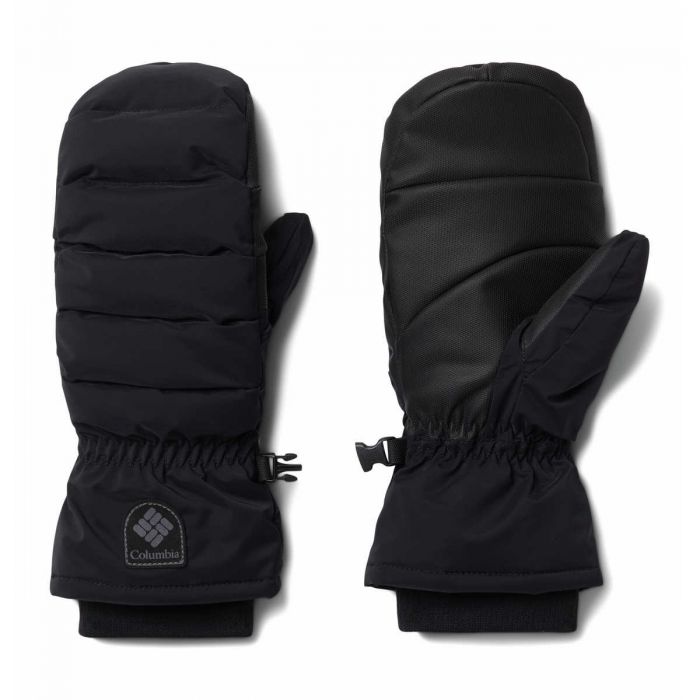
3. The North Face Montana Futurelight ETip
The Montana Etip™ Glove is a long-gauntlet alpine ski glove that provides warmth, touchscreen conductivity and the revolutionary waterproof, breathable performance of FUTURELIGHT™. Water-resistant synthetic leather provides a soft yet extremely durable palm If you need a 5 finger glove that is warm, waterproof, and allow you to use your phone, this is is the pair.

It’s all about the fit
Setting out time to nail down your ideal size and get a glove or a mitten that fits is for sure something you should do. Proper fit will maximize everything a glove has to offer, from warmth to mobility. Properly-fitted gloves provide better dexterity. But, poorly-fitted gloves might just have worse dexterity than properly-fitted mittens.
Short or long cuff? Under or over the cuff?
You can choose between short-cuff and long-cuff gloves. Short-cuff gloves slide under your jacket sleeve, while long-cuff, gauntlet-style, models will easily go over the sleeve of your jacket. Short cuff lengths generally end at the base of your wrist, offering greater mobility in the wrist area and the ability for your jacket cuffs to overlap your gloves. This style generally works best with a jacket sleeve with Velcro adjustment tabs. Longer cuffs extend over and past the sleeve of your jacket and will offer more protection against snow creeping in.
So which are better, mittens of gloves?
Gloves vs mittens face-off is a battle of dexterity vs warmth, the winner depends on what is more important to you. Choose gloves when you need to be tying knots, using buckles or zippers, If dexterity is not that important, mittens offer more temperature versatility on the cold end. In the end, the best bet would be to use both: mittens when it’s very cold, and gloves when it’s warmer.
